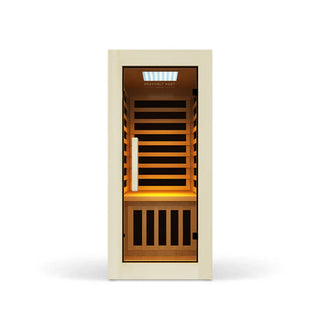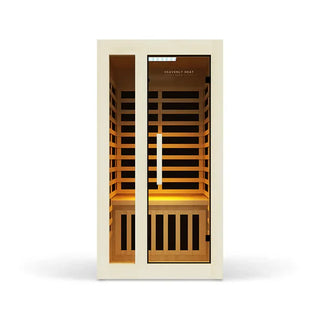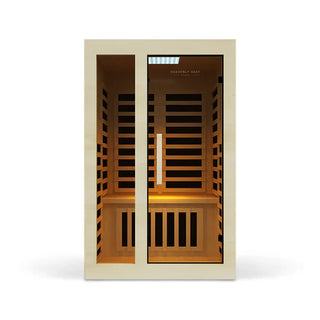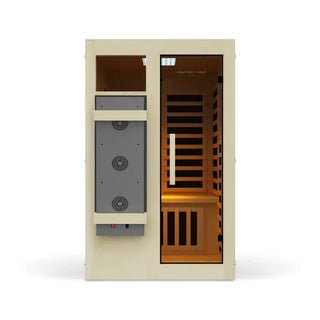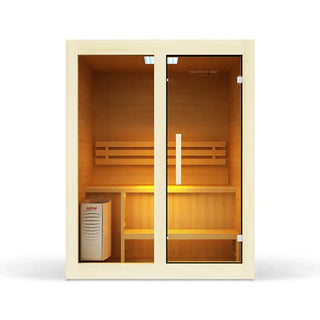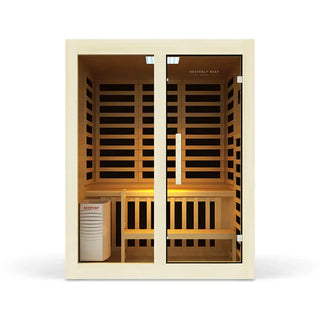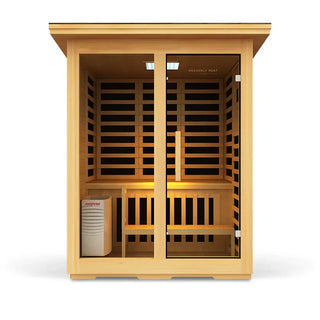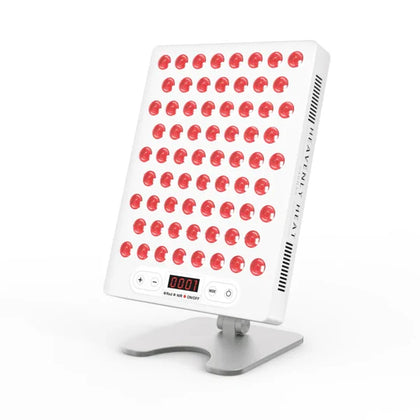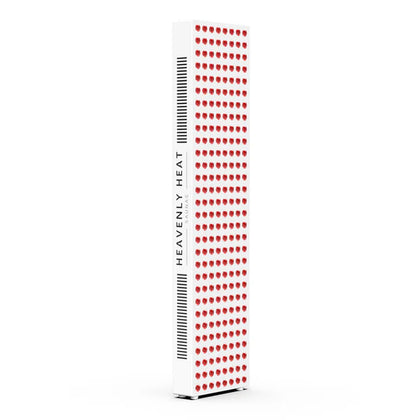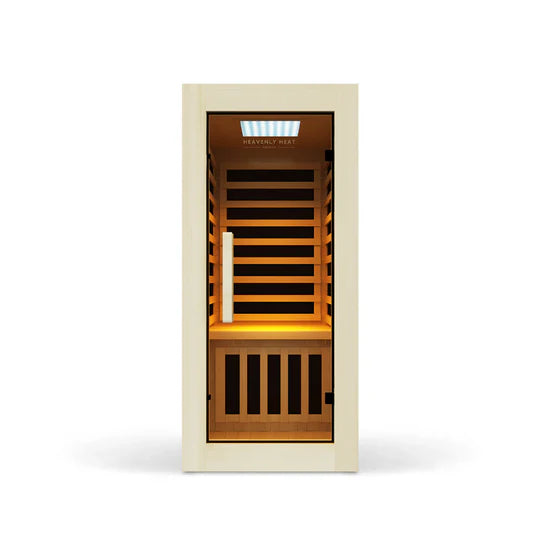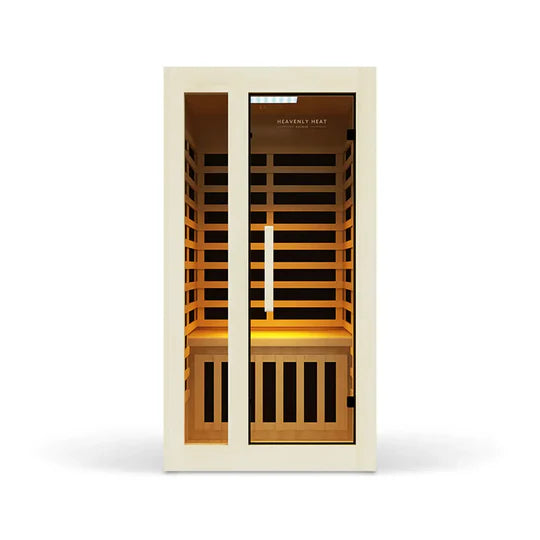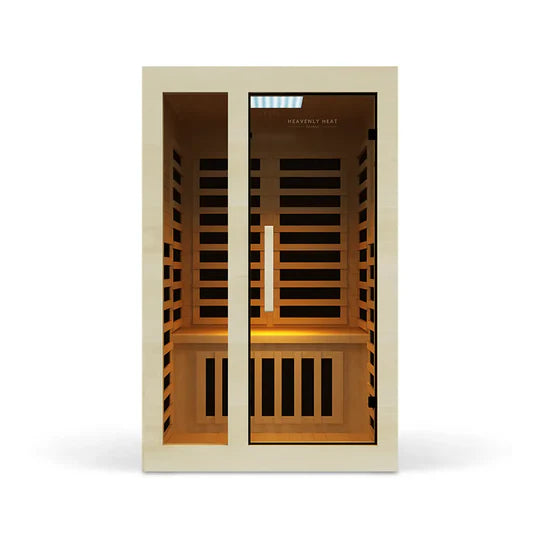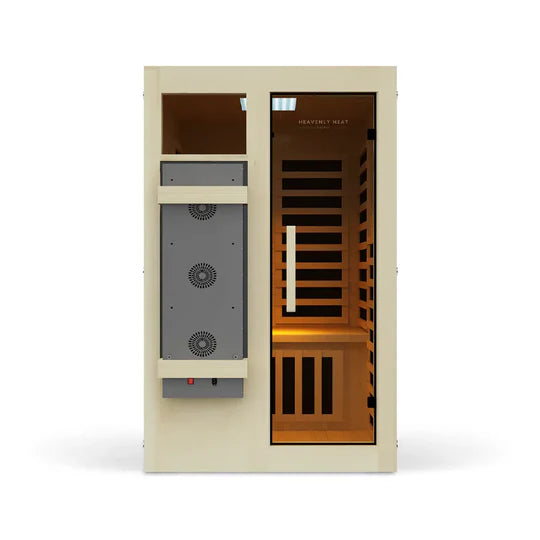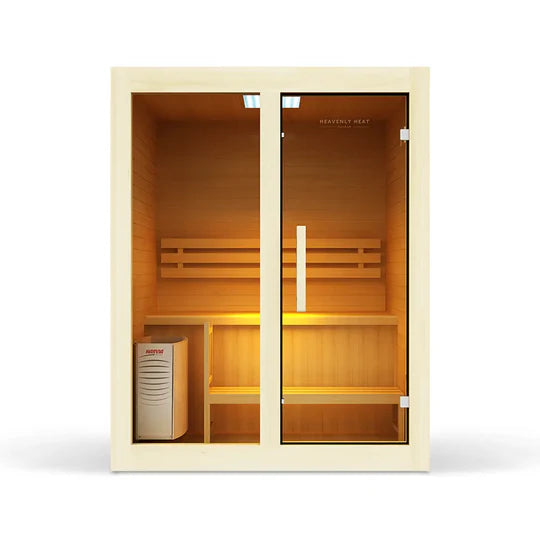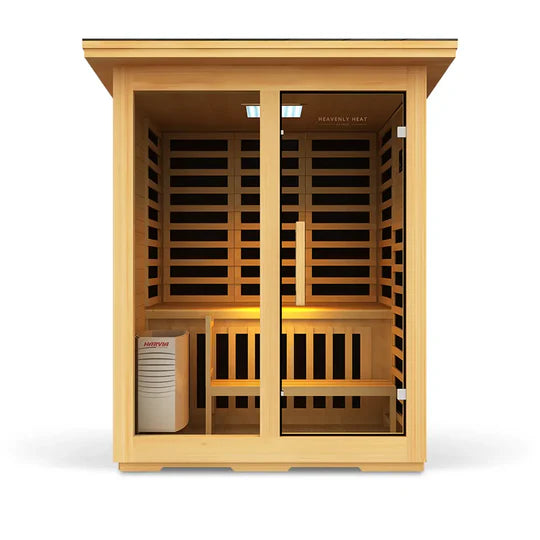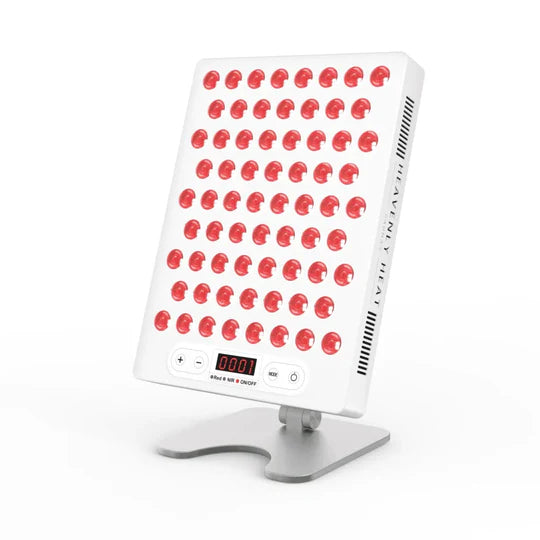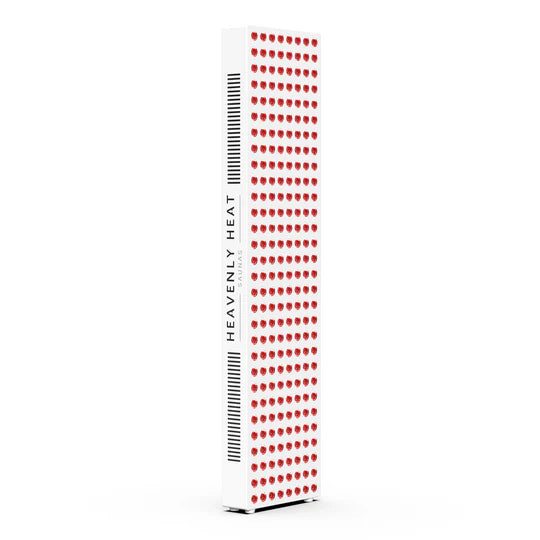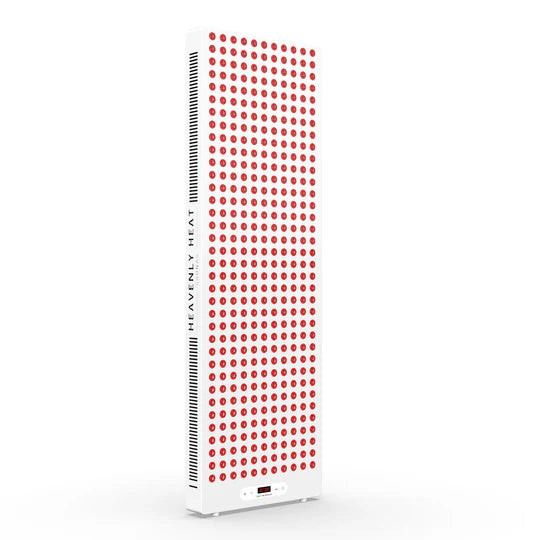heavenly heat saunas
The Fascinating History of Sauna

The sauna, a place of heat and relaxation, has a rich and fascinating history that dates back centuries.
From its earliest form to the modern saunas we know today, this tradition has evolved and spread to different parts of the world. Let’s explore the history and development of saunas throughout the ages.
The Earliest Form of the Saunas
- Saunas have been part of Finnish life since ancient times: The origins of the sauna go back thousands of years, and it all began in Finland. These early saunas were more than a trend, they were a way of life for the Finnish people.
- People in Finland saw the sauna as more than just a bath: For early Finns, the sauna wasn’t just about getting clean. It held spiritual meaning and brought people together for important moments in life.
- The first saunas were simple but got extremely hot: These early saunas were small rooms with hot stones. Water poured over the stones created steam, and the heat was intense, perfect for sweating out impurities.
- Relaxing in the sauna was a way to connect with others: The sauna wasn’t a private activity. Families and friends gathered there to relax, talk, and enjoy quiet moments together, it was a social space too.
- Finnish people have kept this sauna tradition alive for over 2,000 years: Even after two thousand years, saunas are still a big part of everyday life in Finland. The tradition has stayed strong from ancient times to modern days.
- They also believed the sauna helped heal the body: The heat wasn’t just for comfort. Many believed it had healing powers, helping with aches, illness, and general well-being.
Forms of saunas Throughout History
- In ancient Rome, people used public hot rooms to relax and socialize: In ancient Rome, saunas were known as thermae. These public bathhouses had heated rooms and served as popular social spaces where people could relax, meet others, and enjoy the warmth.
- In Russia, people used steam and leafy branches for health and connection: The Russian banya is their version of a sauna, similar to the Finnish style. A unique part of the banya is the venik, a bundle of leafy branches used to gently hit the skin. This was believed to help blood flow and promote health, while also giving people a chance to gather and bond.
- In Japan, soaking in hot water was believed to clean both body and soul: Japan’s traditional saunas come in the form of sentō (communal bathhouses) and onsen (natural hot springs). Instead of dry heat or steam, people soak in hot water. This practice has long been seen as a way to refresh the body and bring peace to the mind.
Modernized saunas
- Saunas started using better heating and insulation: In the 20th century, saunas began to modernize. The traditional setup with heated rocks and steam stayed the same, but technology helped improve heating systems and insulation. This allowed saunas to reach higher temperatures and hold heat for longer sessions.
- Electric saunas made it easier to have one at home: With the arrival of electric saunas, people could enjoy the sauna experience in their own homes. This made saunas more convenient and popular, bringing health and relaxation benefits to many more households.
- Infrared saunas offer a gentler and deeper heat: A big change in modern saunas is the use of infrared technology. Instead of heating the air, these saunas send heat directly into your skin, creating a gentle warmth that reaches deeper into the body and supports detox and relaxation.
- Colored lights are now used to help you relax: Many new saunas include chromotherapy, the use of soft, colored lights to create a calming mood. Some people believe these lights can help improve how you feel and make the sauna experience more enjoyable.


